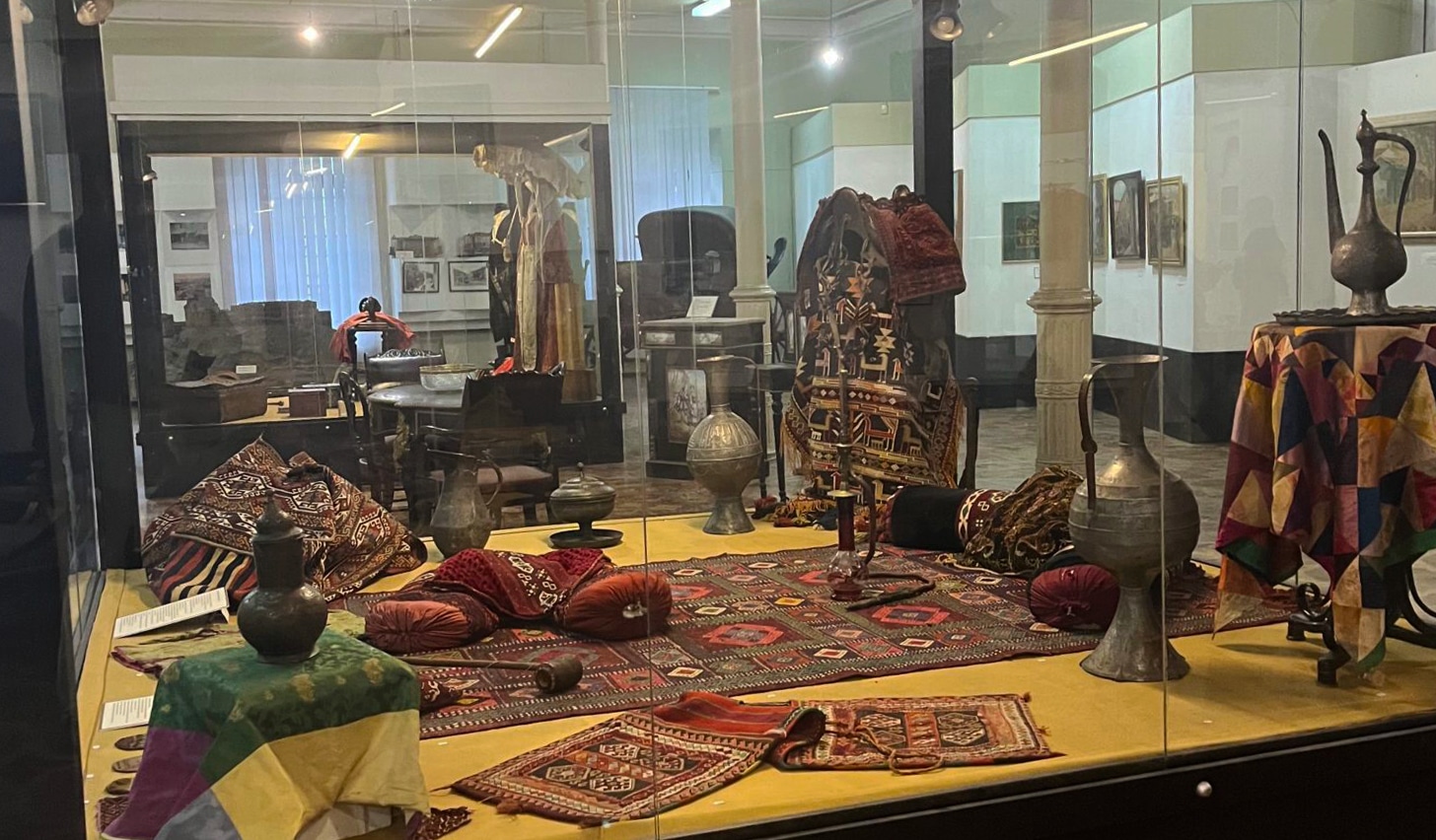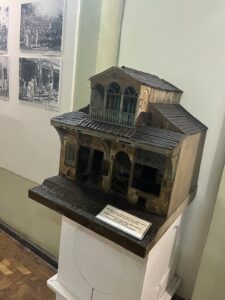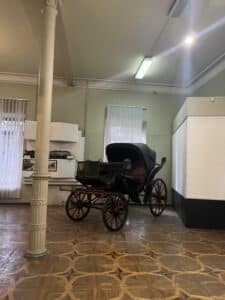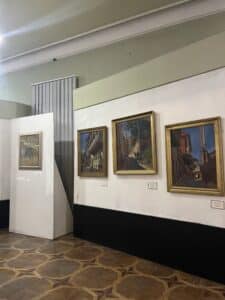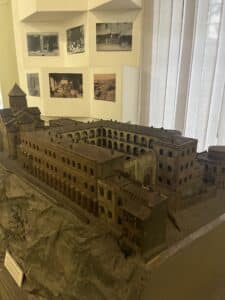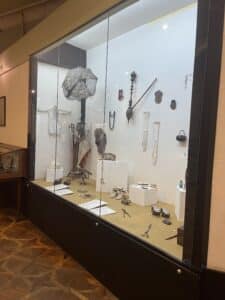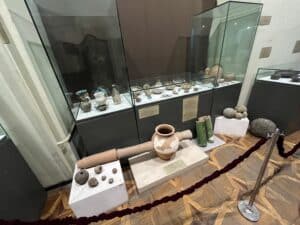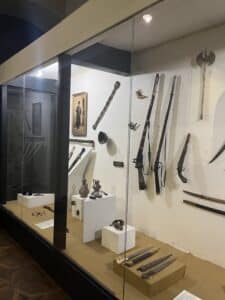The Tbilisi History Museum is a quick peak into the city’s 19th century past that helps solidify its importance as a commercial hub at the cultural crossroads of the Persian, Ottoman, and Russian empires. Housed in a historic building with other worthwhile museums and telling its story through models, life-size dioramas, historic photographs, and other means to make you feel like you are experiencing the history, this small museum is well worth an hour or so of your time.
The Tbilisi History Museum’s Historic Building

The Tbilisi History Museum was one of the first locations that caught my eye upon arrival in Tbilisi, not least because of its fascinating location. The museum is located on the famous Sioni Street inside a renovated caravanserai – an inn for that caravans that once travelled Eurasia. The particular caravanserai that now houses the Tbilisi History Museum was originally built as an attachment to Sioni Cathedral by King Rostom in the 17th century, when Tbilisi was a vassal territory under Safavid Iran. In 1795, the original structure was destroyed after Tbilisi was devastated when Persia invaded. Tbilisi and its trade routes eventually recovered and the caravanserai was soon needed again, and so a Turkish merchant rebuilt it in the early 1800s. As such, the museum’s building is a living testament that retains Tbilisi’s history as a Silk Road trading hub that straddled major civilizations.
Today, the renovated caravanserai is made up of three floors. The basement features miscellaneous handicraft shops, the Tbilisi Wine Museum, and a new Museum of Georgian Weapons, which opened in 2023. The second floor holds an exhibit of modern paintings. The Tbilisi History Museum is the most prominent feature of the caravanserai – located at the street level and filling up an entire floor. The museum itself was opened in 1910 and has since served as the principal museum dedicated to the history of Tbilisi.
Visiting the Tbilisi History Museum
The museum’s main focus is on modern history. Most exhibits come from the 19th century and show Tbilisi’s history more than they tell it. As opposed to wordy signs and placards, the museum recreates the Tbilisi of that time with large dioramas. The first hall offers life-size recreations of 19th-century facades of a restaurant, bar, and carpet store. A second hall recreates common spaces such as a teahouse adorned with smoking implements and rugs to lounge on. What stood out to me most in these first two halls, was how much influence Middle Eastern culture had on Tbilisi’s image. Tbilisi was under direct Iranian and Ottoman influence for over two centuries, and the first hall shows the effects of this on Tbilisi’s architecture and culture.
There are also exhibits showing fashion and transportation as would have appeared on Tbilisi’s streets at the time. Other exhibits show the city through historical photographs and paintings or smaller models of important historical buildings such as palaces, churches, and workshops. Various objects from daily life are also shown.
The last room of the museum contains miscellaneous artifacts from Georgian history. The oldest artifacts are from the Bronze Age, and the exhibit hosts an impressive collection of Georgian ceramics discovered in and around Tbilisi. As for more recent artifacts, exhibits contain traditional musical instruments and rugs that illustrate Georgia’s rich history of craftsmanship. There is also a section dedicated to weapons such as traditional Georgian sabers and knives, as well as firearms used by empires that fought over Georgian territory. For a more interactive military history tour, there is also the Georgian Weapons Museum one floor down in the same building.
While the Tbilisi History Museum is small, it boasts a variety of objects and dioramas that strikingly show the ancient and cosmopolitan nature of the Georgian capital in the 19th century. If you are in the area and have an hour, it is worth dropping in for a taste of historical Tbilisi.
You Might Also Like

The Dadiani Palaces Historical and Architectural Museum
The Dadiani Palaces Historical and Architectural Museum is the preserved former home and museum of the House of Dadiani. The Dadianis once ruled the Georgian region of Mingrelia and their noble family traces its history back one thousand years. The Dadiani Palace is the de-facto center of Zugdidi, a relatively small city that is still […]

Maia Tsinamdzgurishvili: Elevating Silk Threads to Art
Maia Tsinamdzgurishvili is a modern Georgian textile artist living and working in Tbilisi. I had a chance to visit with her in her apartment in Tbilisi in the hopes that I might learn not only about her own work, but about the state of modern textile arts in Georgia. During my time with Maia she […]
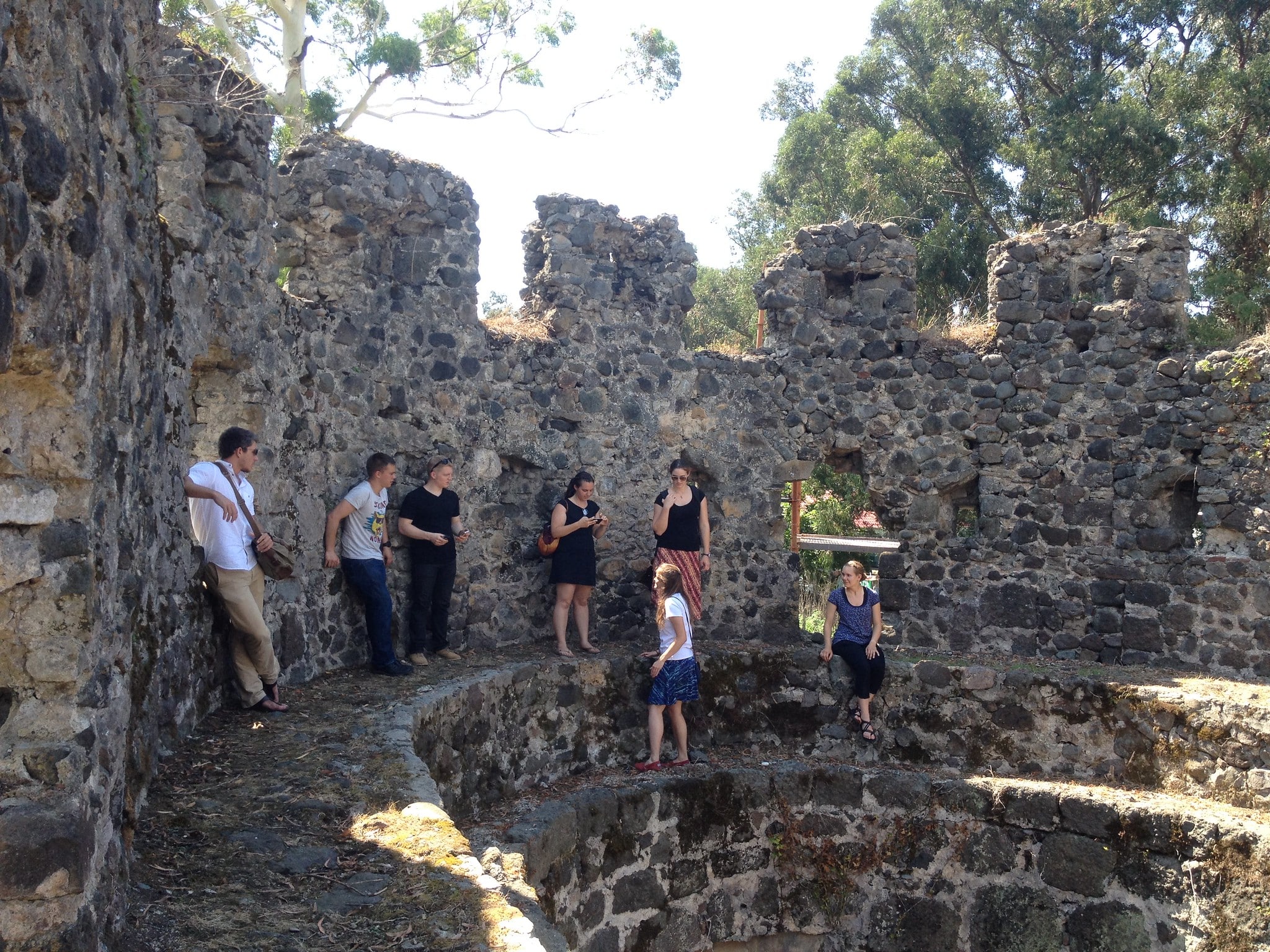
Fortress of Gonio: Georgia’s Roman Heritage
The Fortress of Gonio, located in Adjara, Georgia, is an ancient Roman fortification dating back to the 1st century AD. A strategic point along the Black Sea coast, over the centuries, it was expanded and fortified by the Byzantines and Ottomans. Today, the well-preserved remains of Gonio Fortress stand as an important cultural and archaeological […]
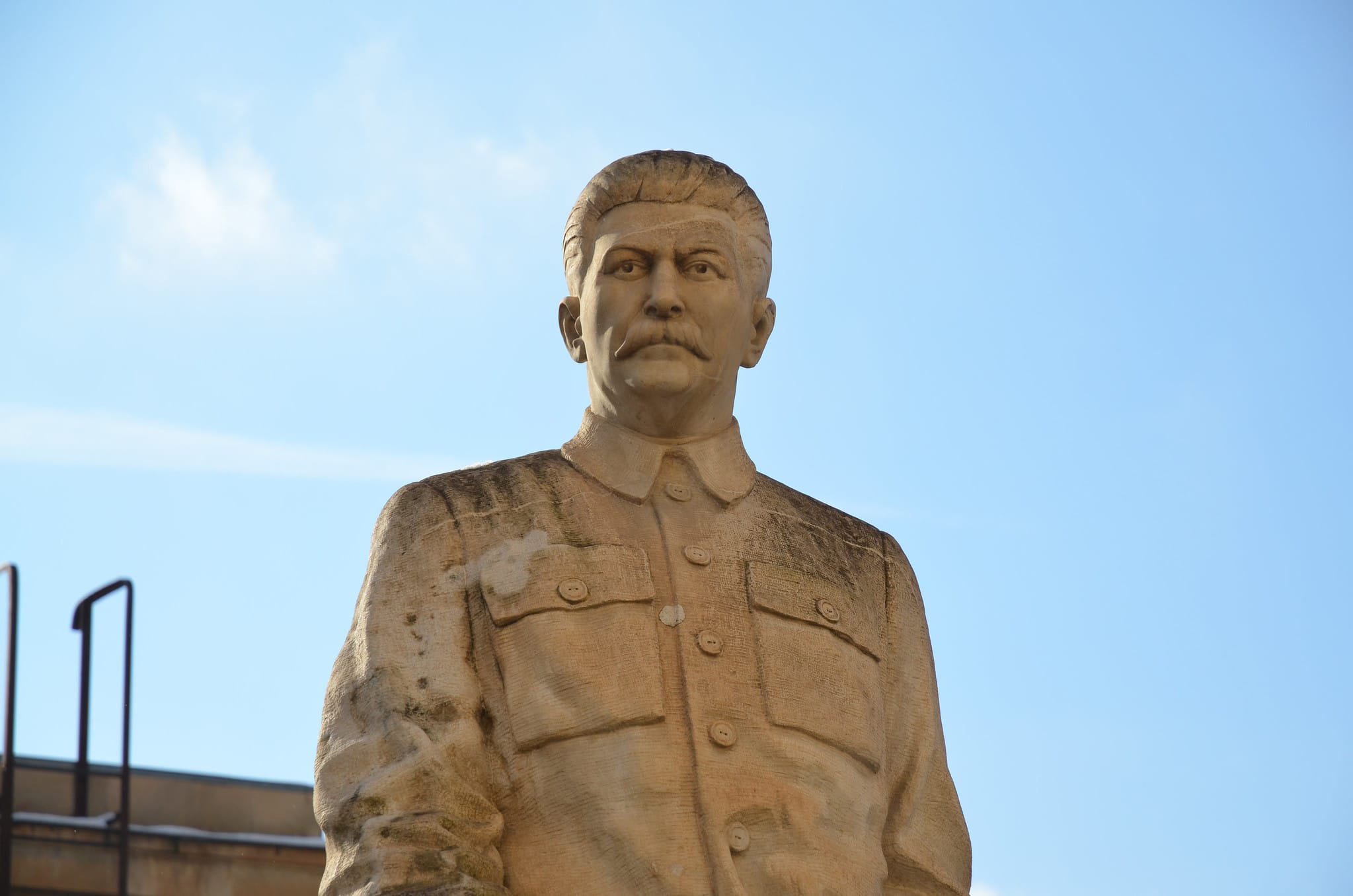
Stalin Museum in Gori, Georgia
Gori, located a ninety-minute drive from Tbilisi, may not catch a visitor’s eye at first. However, the town is forever cemented in history as the birthplace of one of the most well-known leaders in world history: Joseph Stalin. Born Ioseb Jughashvili, Stalin spent the first sixteen years of his life in Gori. While Gori hosts […]
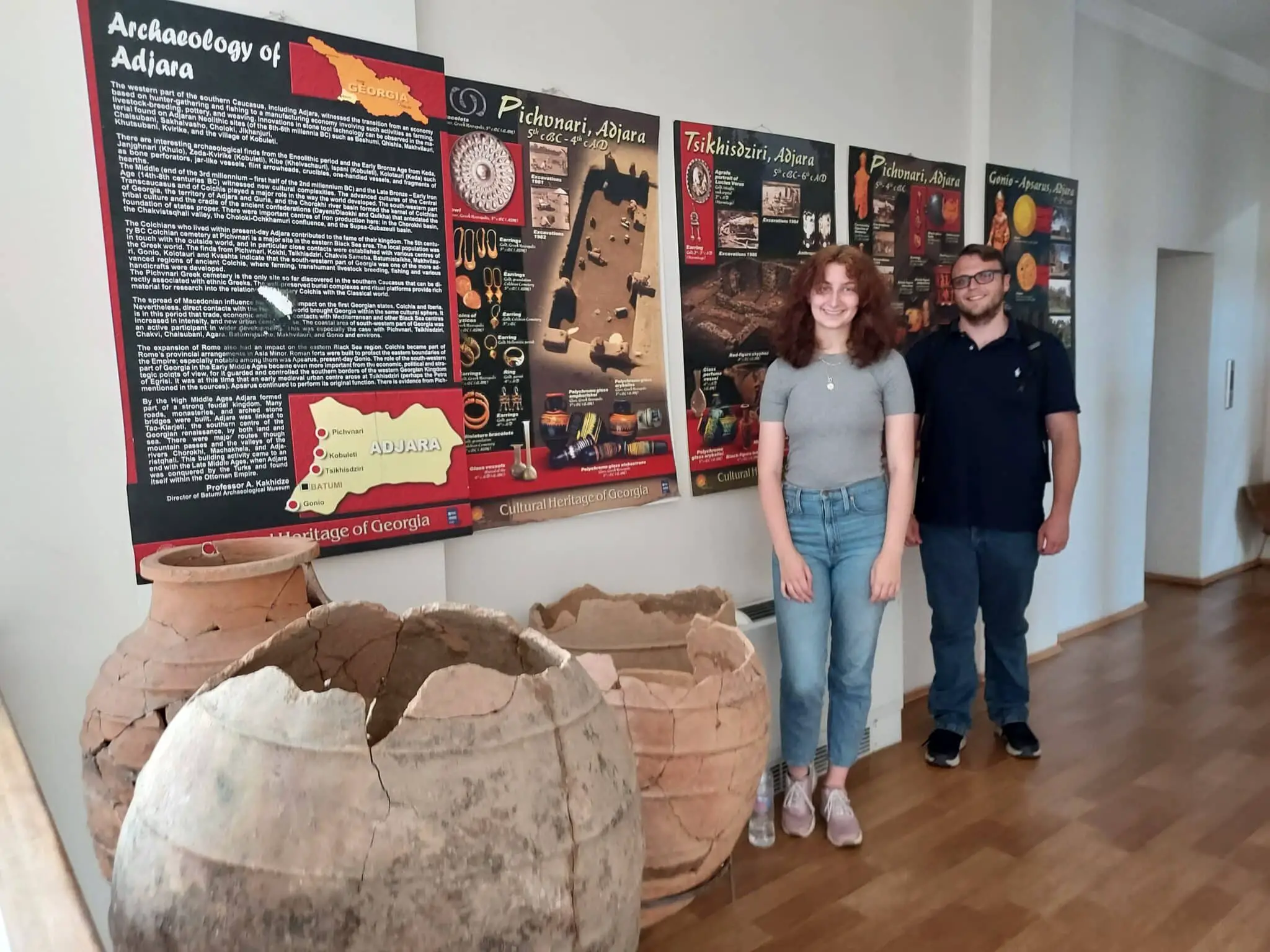
The Batumi Archeological Museum in Georgia
The Batumi Archeological Museum is centrally located on the main highway that runs through the city. It is a two-story stone building that houses a plethora of artifacts from Georgian excavation sites, bringing to life the story of the local people and their connections to European culture. History and Founding of the Batumi Archeological Museum […]


